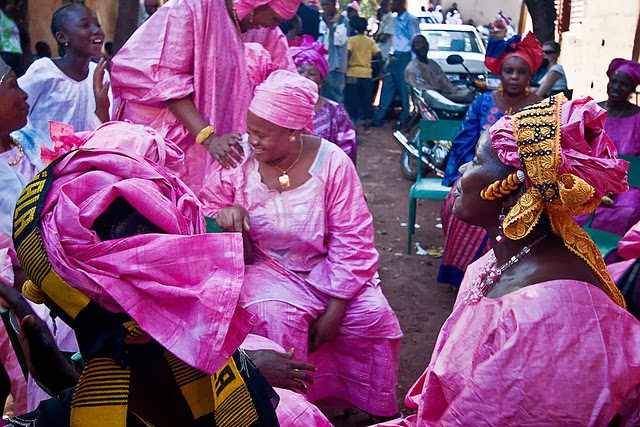ERNESTO CAIVANO
Born
b. 1972 Madrid, Spain--Lives and works in New York CityEducation
2001 MFA Columbia University
1999 BFA The Cooper Union
b. 1972 Madrid, Spain--Lives and works in New York CityEducation
2001 MFA Columbia University
1999 BFA The Cooper Union
Caivano, as with most artists has explored a number of different themes within his work. One body of work in particular comes from concepts, inspirations, departure points that is unique, strange, and unexpected. Critics describe his work in a narrative framework using literary language to describe it. It has been observed to be "in line with the slippery divide between abstraction and representation (or legibility and obscurity)."
The New York based artist here shows the process of telling an ongoing epic story. These drawings tell an ongoing epic story. They are visualizations of excerpts from After the Woods,"a fantastical tale written by the artist that involves a man and woman, separated for a millennium, who attempt to reunite in an unspecified post-apocalyptic future. During their time apart, he has become a knight with the power to aid the evolutionary development of plants and she a spaceship who symbolizes (and fosters advances in technology. Caivano's protagonists consistently encounter exotic creatures throughout their journey, and even transmit messages written written on the wings of birds the artist calls "Philapores," who, incapable of normal flight, travel through dust, water, and other matter." (Brian Sholis)
His work is informed by:
Albrecht Durer (prints and drawings)
William Blake (Romantic visions)
Early Modern explorations of abstraction
Fractal geometry
Contemporary telecommunications technology
Advanced scientific inquiry
Fables and fairy tales of medieval literature
etc...
































.jpg)

.jpg)

.jpg)




